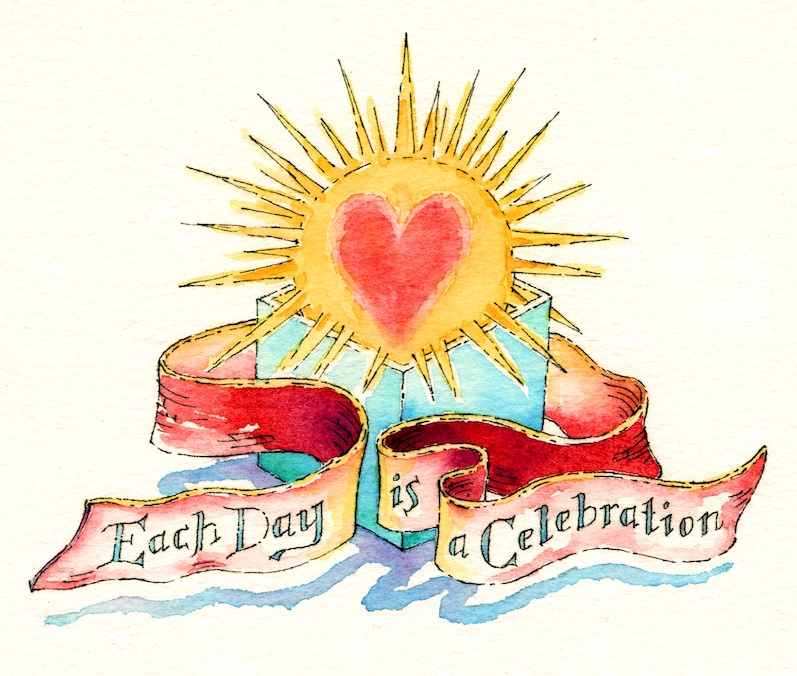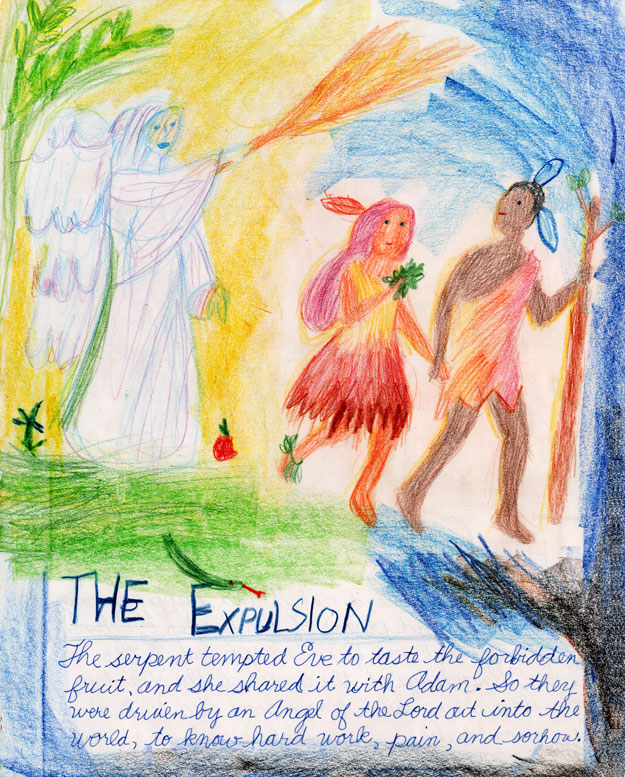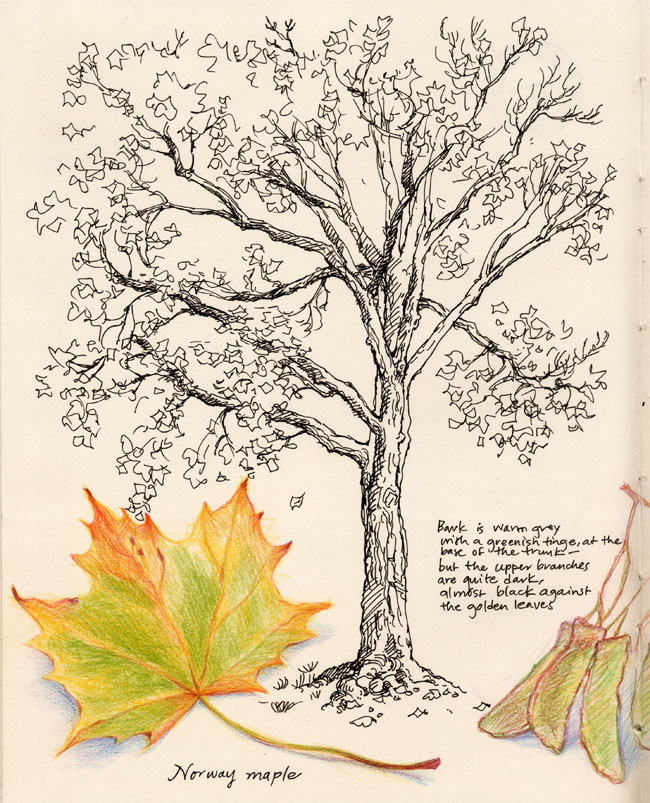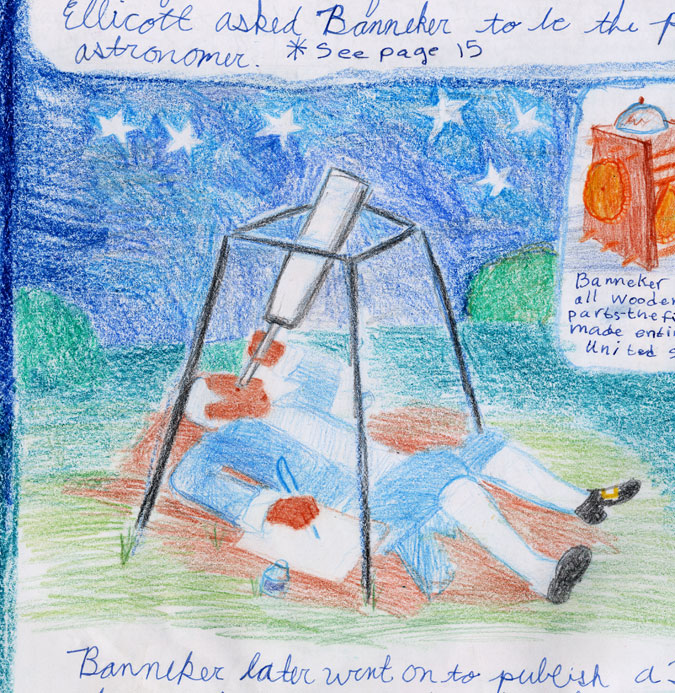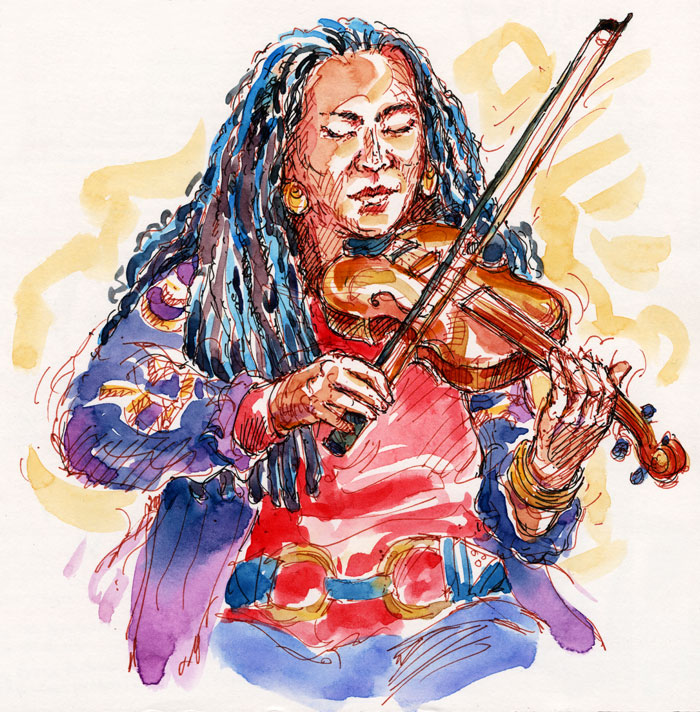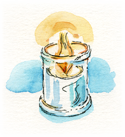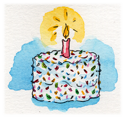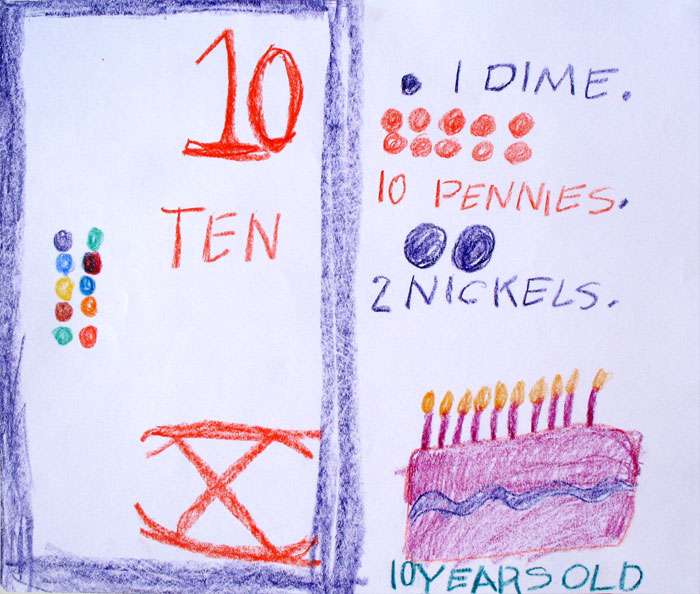
This sketch is from a canal barge tour we took on the C&O Canal as part of our homeschooling Local History & Geography block. It was mid-week, and my daughter and I were the only non-senior citizens on the trip, so she was definitely the focus of kindly attention (being small and cute with long blond braids), which was fine with her. The restored barge was beautiful, the costumed guide was excellent, the mules were friendly, and it was a lovely day.
ANYWAY, I post the sketch in honor of Supreme Court Justice William O. Douglas (1898-1980), whose birthday it is today. What, you may ask, is the connection?
Well, some of you may know that Douglas, in addition to serving for 36 years on the Supreme Court, was an avid outdoorsman and supported various environmental causes, even serving briefly on the board of the Sierra Club.
In the 1950s, an era newly keen on the divine glory of automobiles and expanses of concrete pavement, there was a movement in Congress, supported by The Washington Post, to replace the canal with a highway. Douglas, familiar with the canal’s scenery and wildlife, thought this an idiotic and short-sighted idea and challenged the Post’s editorial staff to accompany him on a hike of the canal’s entire length.
Douglas expected that perhaps a handful of folks might accompany him; however, news of the challenge spread, and by the departure date there were 58 in the group, including conservationists, historians, geologists, ornithologists, and zoologists. Each night when they crashed, the group had a free, informative lecture, offered by one of their traveling companions, on some aspect of the canal.
Word got around, and thousands of newspapers carried updates on the hikers. Organizations along the way hosted them and prepared meals. Children and townspeople watched for them and shouted their support. Some joined in for parts of the route.
Even given the ongoing attention, it was a tough hike. The C&O Canal is 185 miles long, and Douglas, age 55, maintained an average pace of 23 miles a day. This was a man who had, after all, hiked the 2,000-mile Appalachian Trail. Only eight of his companions made it to the end. By then, public support to save the canal was enormous. Douglas organized and worked with a committee to plan its restoration and preservation, and The Chesapeake and Ohio Canal National Historical Park Act finally passed in 1971.
Canal-lovers, imagine this place as a highway! Today it’s one of the most popular national parks in the U.S., enjoyed by millions of hikers, boaters, bicyclists, and birdwatchers. Not to mention the birds themselves, as well as countless fish, frogs, beaver, fox, and deer. Happy Birthday, Justice Douglas! We have you to thank for this gift, all year round.
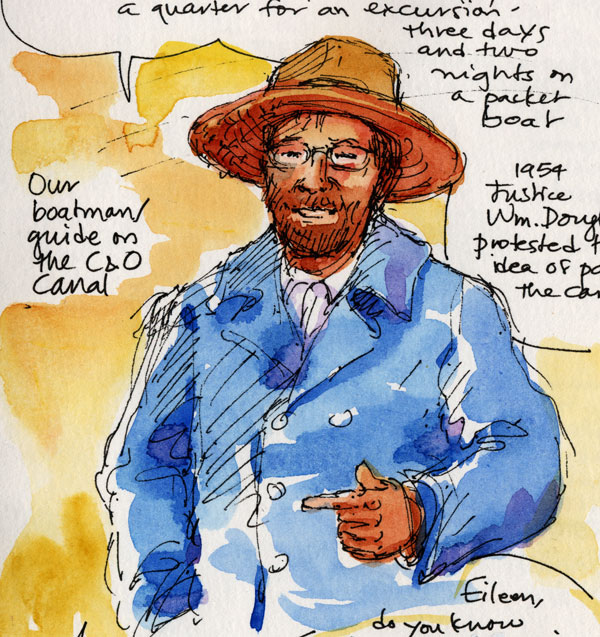
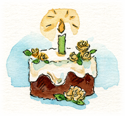 Aunt Bett
Aunt Bett
